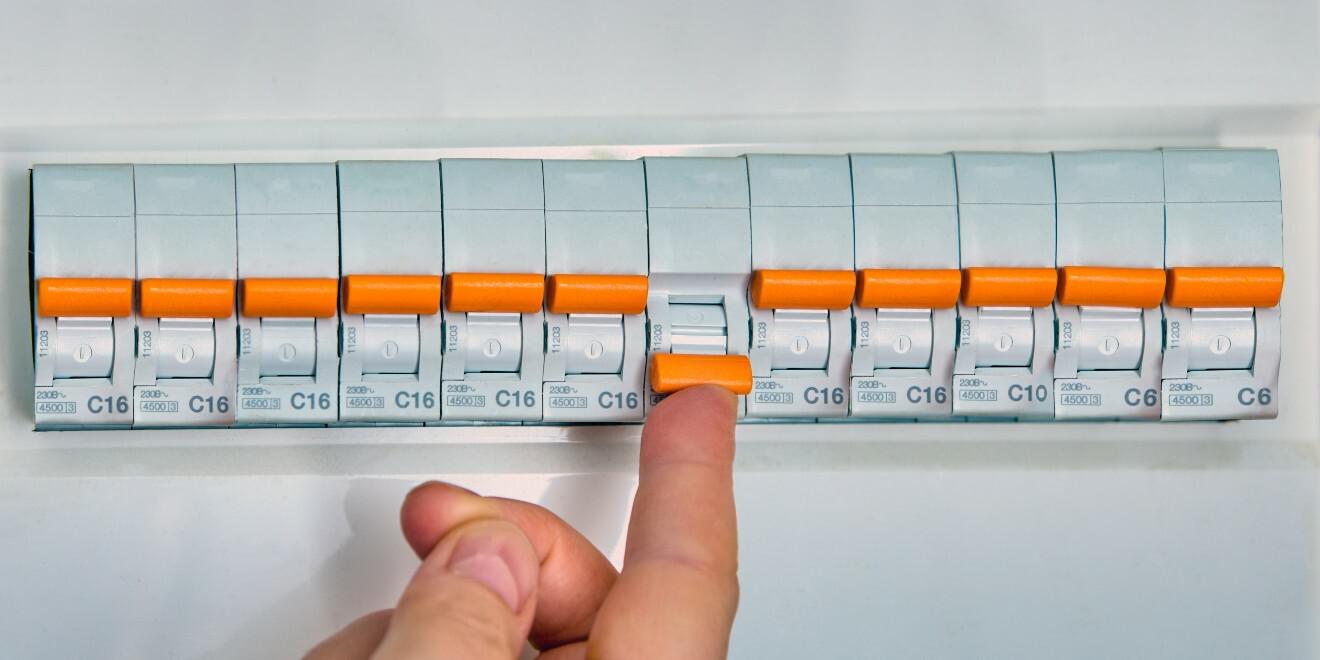What Is A Short Circuit?

What Is a Short Circuit and Why Is It Dangerous?
Short circuits are relatively common but don’t let that fool you. Like any electrical issue, short circuits increase the risk of fire, electric shock, and property damage. But identifying the exact location of a short circuit is hard, especially with so many outlets, appliances, and devices around the house.
Luckily, homeowners can do some sleuthing to spot a short circuit on their own and reduce the risk of fire or injury.
The Three Signs of a Short Circuit
Here are three possible signs of a short circuit and what to do when they happen:
1. Devices mysteriously power off.
Short circuits no longer carry enough electricity to power devices, causing devices on the circuit to shut off.
What to do: Don’t try to turn devices back on until you’ve inspected the circuit breaker. In some cases, powering devices back on while connected to a short circuit could result in damage.
2. The breaker trips.
Circuit breakers usually trip before devices power off, but not always. This reduces the risk of damage to devices on the circuit and lowers the risk of shock or fire damage.
What to do: Identify the corresponding breaker; it should be the only one in the “off” position.” Then, follow our tips below to find the problem.
3. Previous/recurring shorts.
When inspecting malfunctioning electrical devices at home, you may spot exposed wires or damaged cables, or even see sparks when using them. These are the most serious issues and, while less common, require immediate attention from a trained electrician.
So, What Causes a Short Circuit?
Short circuits occur when electricity deviates from its intended path. Electricity follows the path of least resistance by taking either the most direct route or along the most conductive material. Electronics guide electricity using highly conductive materials like copper and restricting its flow with non-conductive barriers like rubber.
When electricity follows a more direct path – a shortcut – it escapes from the prescribed path and travels via other materials.
In most cases, short circuits are caused by one or more issues:
- Pets or rodents chewing through wires
- Direct contact with water or other fluids
- Loose connections or damaged outlets
- Malfunctioning or damaged appliances, switches, or other electrical devices
- Electrical surges
Some of these issues are exceedingly difficult to detect until they cause problems – we’ll get to the signs of a short circuit in a bit. Regular electrical maintenance from your local Mister Sparky helps identify exposed or damaged wiring, which contribute to short circuits.
Related: Can You Do It Yourself Or Should You Call the Electrician?
The Two Types of Short Circuits
Based on the type of damage or exposure, there are two ways for a circuit to short.
- A “normal” short circuit describes a hot wire (a wire carrying an electrical current) touching a neutral wire (a wire without an active current). This causes the electricity to change course by following the path of least resistance – the uncharged wire.
- A ground fault short circuit covers any scenario where a hot wire touches a grounded part of an appliance, outlet, or any material that breaks the circuit.
The results of both types of short circuits are the same; the breaker trips and the devices on that circuit shut off. With a little sleuthing, you may be able to locate the short and diagnose the problem!
How to Find a Short Circuit
After identifying the circuit causing problems, keep the corresponding circuit breaker off. Take a few minutes to look for visual signs of a short, such as burn marks or discoloration. If there are visual issues, don’t use that outlet and get a professional on the job. It’s best to contact an experienced local electrician to identify any causes of short circuits that are definitively linked to a faulty device or appliance.
Short on Time? Mister Sparky Is America’s On-time Electrician
Short circuits are never convenient, especially for households and businesses that are short on time. Once you’ve turned off the circuit at the breaker, let the licensed electricians at Mister Sparky fix it. With hundreds of locations nationwide, a trained, friendly electrician is nearby. Find the location near you or call (866) 699-4447 today!
